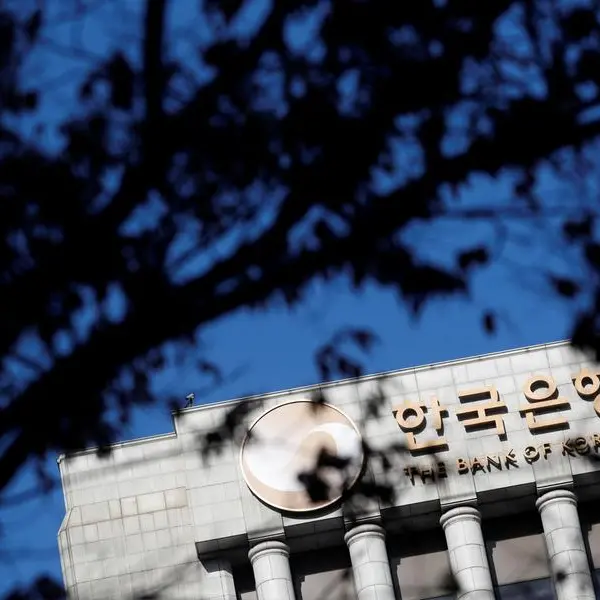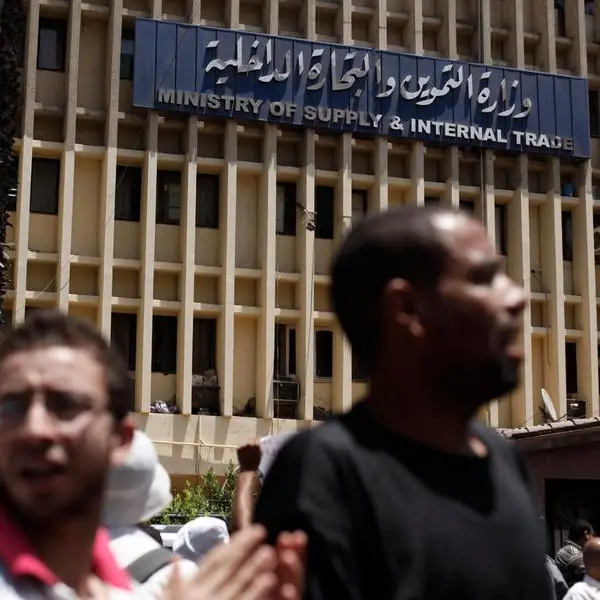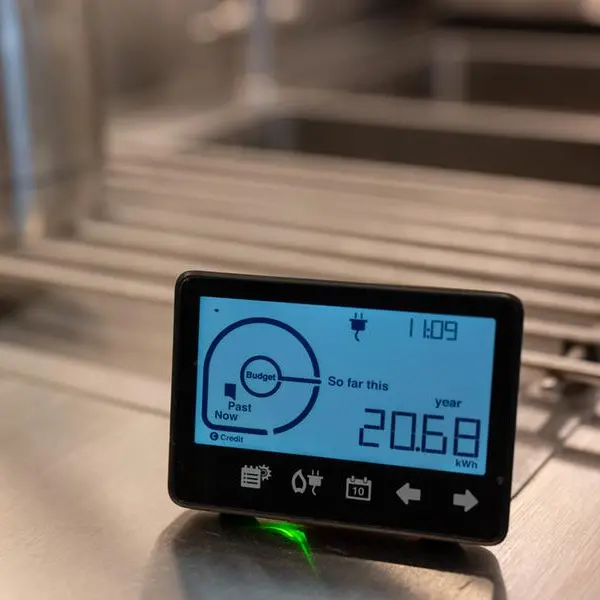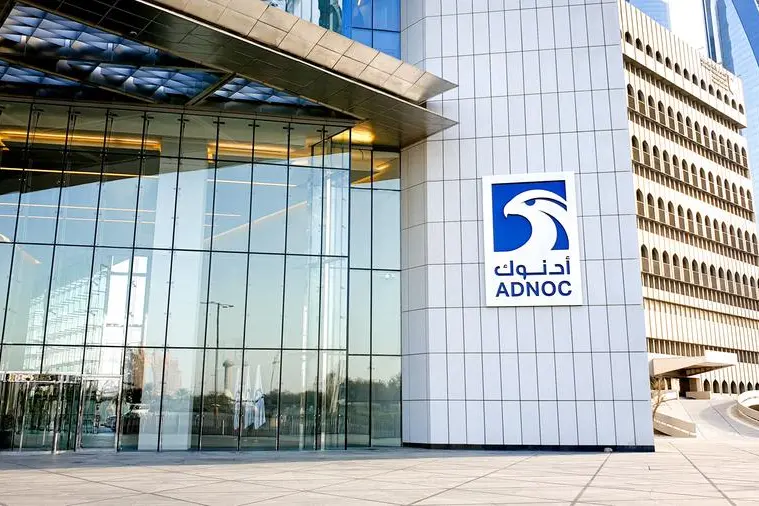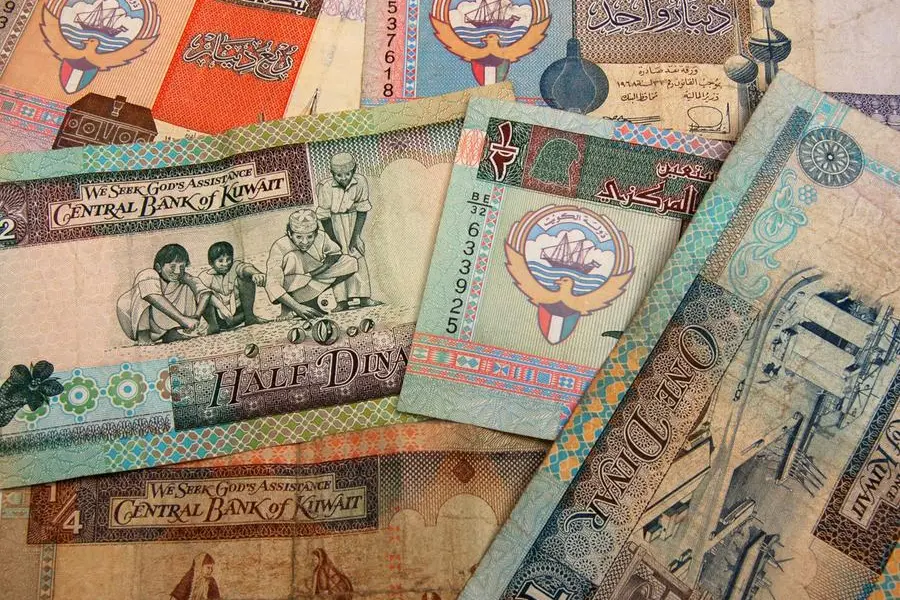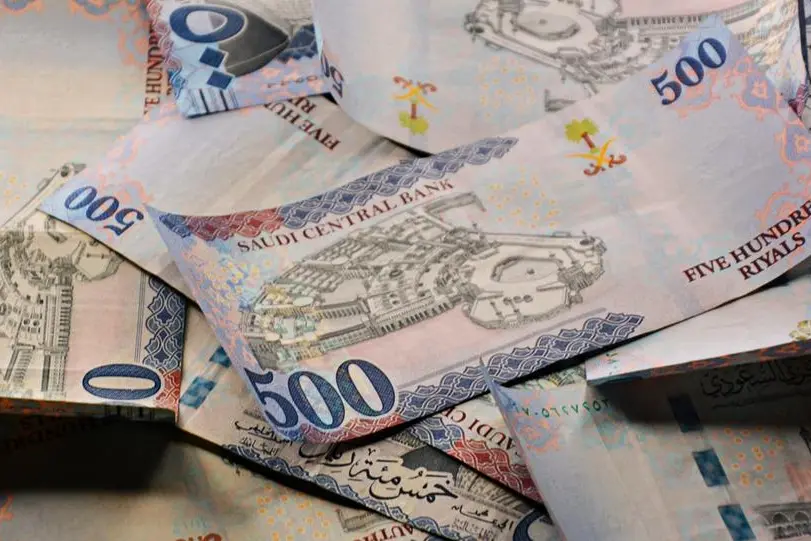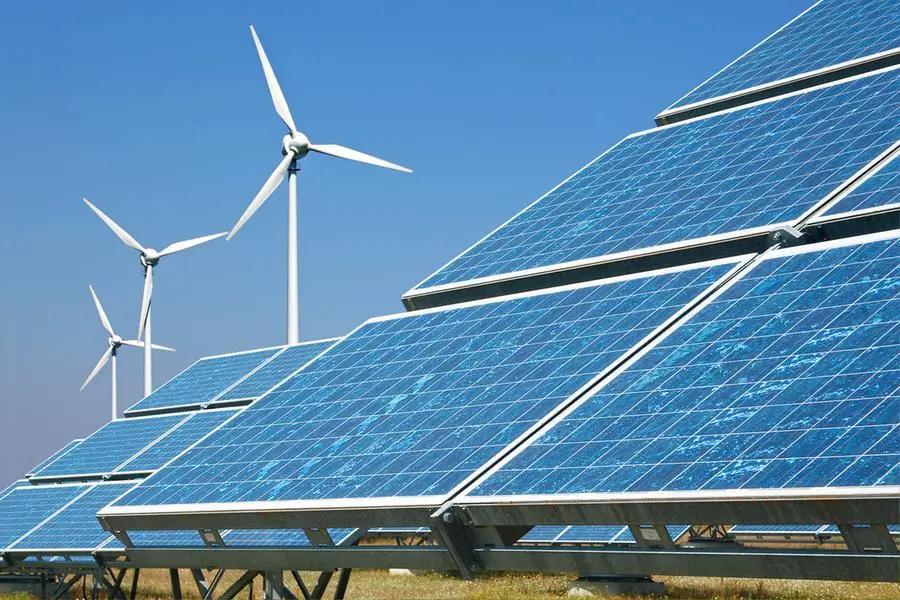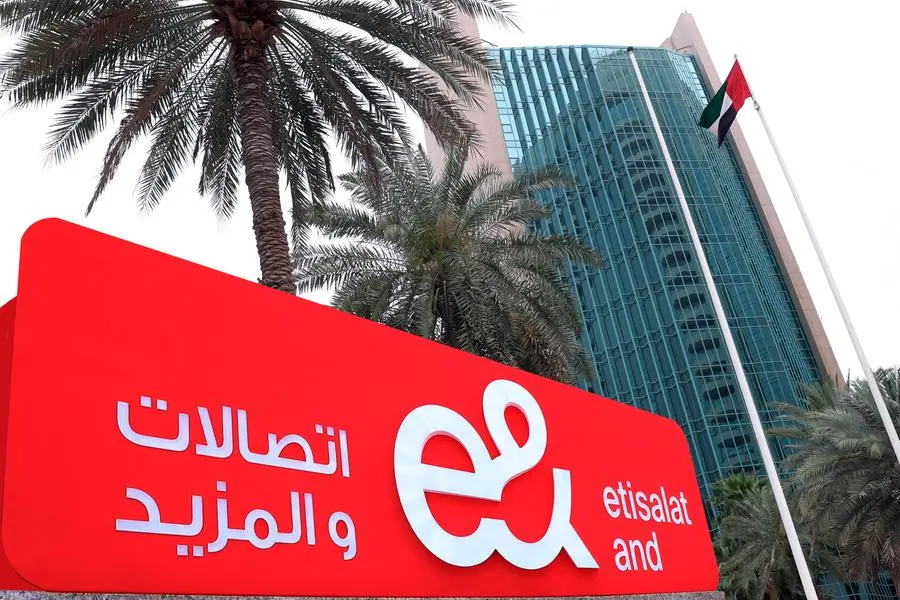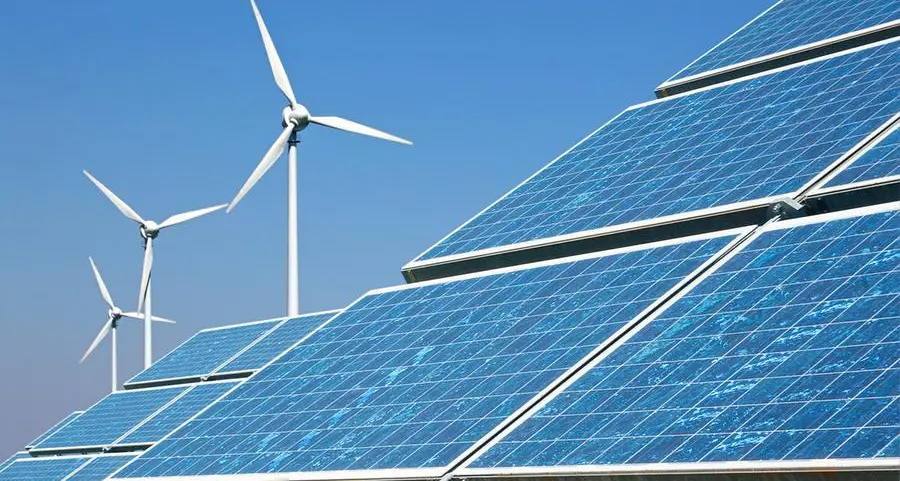External pressures in 2014 have left Algeria's agricultural sector more exposed than usual, which presents a perennial challenge given the size of the country's import bill. But measures to strengthen long-term performance such as expanding the use of irrigation are beginning to yield benefits.
Since late July, the cattle industry has been dealing with an outbreak of foot-and-mouth disease that began in Sétif and has spread to 19 provinces. The number of animals affected remains small thanks in part to a stepped-up vaccination campaign following an outbreak of the disease in neighbouring Tunisia in May.
More worryingly, this year has also seen a comparatively poor cereal harvest. According to provisional figures released in late July, cereal production for the 2013/14 harvest fell by more than third to about 3m tonnes and a five-year low. The early onset of hot, dry conditions in April had a particularly dramatic impact on the eastern provinces, which represent a large portion of national production, with 12ha of cereal acreage destroyed by more than 20 crop fires in the Sétif region alone. The decline in output highlighted the variability of Algerian cereal production given the sector's heavy reliance on rainfall. Only 3% of local production is based on irrigation.
Given local consumption of around 8m tonnes of cereals per annum, the reduced harvest is set to substantially push up an already-high wheat import bill, which averages around €4bn a year. This has helped make Algeria one of the largest overall wheat importers - and the biggest importer on a per capita basis - in the world.
Although output for the year is low by recent standards, the country also suffers from small cereals yields generally. Productivity stood at 1.7 tonnes per hectare in 2012 according to World Bank data, compared to an average of around 7 tonnes per hectare in developed countries.
Dam buildersOver the long term, however, the country's cereal output has increased, from an annual average of around 2.7m tonnes over the past two decades to around 5m tonnes in the five years to 2012/13. Productivity is also on the rise - the number of farmers achieving output of more than 5 tonnes per hectare grew from 16 in 2010 to 279 last year.
Irrigation is top of the state's agenda. The government plans to increase the amount of land benefiting from irrigation to 1m ha by 2019, which it is hoped will help lift yields. The Algerian Cereals Office (Office Algérien Interprofessionnel des Céréales, OAIC) announced that it had distributed some 900 irrigation systems to local farmers in 2014, increasing the irrigated surface area of cereal plantations to 600,000ha by April.
To help achieve this, the government has undertaken a major dam construction programme. The number of dams rose from 44 with a combined storage capacity of 3.7bn cu metres in 1999, to 68 in 2010 with a capacity of 7bn cu metres. The authorities targeted the construction of a further 18 barrages between 2010 and 2014 and another 30 with a combined capacity of 1.5bn cu metres between 2015 and 2019. According to local press reports in July, the authorities are also planning to put an end to electricity production at two major hydroelectric dams and use them to provide water for agriculture and households instead.
Such measures should increase the availability of water for irrigation, improving agricultural productivity and helping to stabilise output. Other measures such as improving mechanisation and reducing the fragmentation of the sector by combining smallholdings into larger farms may help to improve yields, which could rise by a factor of as much as 2.5 over the next decade, according to Laid Benamor, president of the Cereal Trade Committee (Comité Interprofessionnel des Céréales, CIC).
Bilateral tiesIn addition to expanding the use of irrigation, the government is also planning a number of new measures to help modernise the sector and increase agricultural output. In late July, the minister for agriculture and rural development, Abdelouahab Nouri, told media that the government intended to pass several new laws and regulations for the sector in the coming parliamentary term, including finalising plans to lease state-owned agricultural land.
A number of cross-border initiatives with European government bodies are also looking to improve agricultural productivity. In July, the Austrian ambassador to Algeria, Aloisia Wörgetter, said that the two countries were holding talks on a joint agricultural investment project in the Khenchela province related to livestock, building on several pre-existing agricultural cooperation agreements. In recent years, several bilateral projects have been established between France and the Algerian agriculture sector so the latter can benefit from modernisation techniques established in France. A pilot project was launched in early 2013 between Algeria and the French region of Normandy to improve techniques for rearing dairy cattle.
© Oxford Business Group 2014



